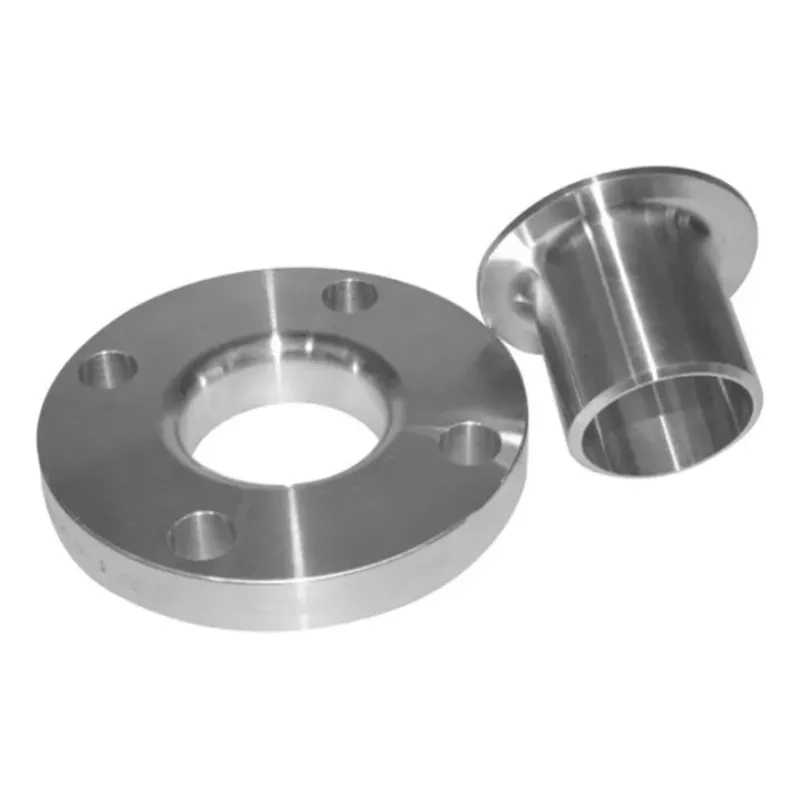-
Cangzhou Yulong Steel Co., Ltd.
-
Phone:
+86 13303177267 -
Email:
admin@ylsteelfittings.com
- English
- Arabic
- Italian
- Spanish
- Portuguese
- German
- kazakh
- Persian
- Greek
- French
- Russian
- Polish
- Thai
- Indonesian
- Vietnamese
- Zulu
- Korean
- Uzbek
- Hindi
- Serbian
- Malay
- Ukrainian
- Gujarati
- Haitian Creole
- hausa
- hawaiian
- Hebrew
- Miao
- Hungarian
- Icelandic
- igbo
- irish
- Japanese
- Javanese
- Kannada
- Khmer
- Rwandese
- Afrikaans
- Albanian
- Amharic
- Armenian
- Azerbaijani
- Basque
- Belarusian
- Bengali
- Bosnian
- Bulgarian
- Catalan
- Cebuano
- China
- China (Taiwan)
- Corsican
- Croatian
- Czech
- Danish
- Esperanto
- Estonian
- Finnish
- Frisian
- Galician
- Georgian
- Kurdish
- Kyrgyz
- Lao
- Latin
- Latvian
- Lithuanian
- Luxembourgish
- Macedonian
- Malgashi
- Malayalam
- Maltese
- Maori
- Marathi
- Mongolian
- Myanmar
- Nepali
- Norwegian
- Norwegian
- Occitan
- Pashto
- Dutch
- Punjabi
- Romanian
- Samoan
- Scottish Gaelic
- Sesotho
- Shona
- Sindhi
- Sinhala
- Slovak
- Slovenian
- Somali
- Sundanese
- Swahili
- Swedish
- Tagalog
- Tajik
- Tamil
- Tatar
- Telugu
- Turkish
- Turkmen
- Urdu
- Uighur
- Welsh
- Bantu
- Yiddish
- Yoruba

Aug . 17, 2024 18:20 Back to list
Understanding ANSI B16.5 Flanges and Their Applications in Industrial Piping Systems
Understanding ANSI B16.5 Flanges A Comprehensive Overview
Flanges are critical components in piping systems, providing connections between different sections of pipe or allowing the integration of piping into machinery. Among the various flange standards in use, the ANSI B16.5 standard holds a prominent position due to its widespread applicability in industrial systems. This article explores the nuances of ANSI B16.5 flanges, emphasizing their design, specifications, and applications.
ANSI B16.5 specifies the dimensions, tolerances, and materials for pipe flanges and flanged fittings, particularly for those with nominal pipe sizes ranging from ½ inch to 24 inches. The standard primarily focuses on two types of flanges raised face and flat face. The raised face configuration is the most commonly used, featuring a surface that is slightly elevated above the flange body, facilitating a better seal under pressure.
Understanding ANSI B16
.5 Flanges A Comprehensive OverviewMaterial selection is another critical factor addressed by ANSI B16.5. Flanges can be manufactured from various materials, including carbon steel, stainless steel, and alloys, depending on the application. Carbon steel flanges are commonly used for general-purpose applications due to their cost-effectiveness and strength. In contrast, stainless steel flanges are preferred in corrosive environments, such as chemical processing or marine applications, due to their enhanced resistance to rust and corrosion.
ansi b16 5 flange

The design and manufacturing processes for ANSI B16.5 flanges adhere to strict industry standards, ensuring compatibility and safety within piping systems. Flanges must undergo rigorous testing for quality control to meet the requirements set out by ANSI B16.5. This includes tests for dimensional accuracy, pressure resistance, and material integrity. The focus on quality is crucial, as the failure of a flange can lead to severe consequences, including leaks, system failures, and even catastrophic accidents.
In terms of applications, ANSI B16.5 flanges are utilized across various industries, including oil and gas, power generation, water treatment, and food processing. Their versatility allows them to be used in both high-pressure and low-pressure systems, making them suitable for a wide range of operational requirements. For example, in the oil and gas sector, flanges are integral in connecting pipelines that transport crude oil or natural gas, ensuring secure and reliable flow.
Maintenance and inspection of ANSI B16.5 flanges are vital to ensure their long-term functionality and safety. Regular inspections can help identify signs of wear, corrosion, or other damages, allowing for timely interventions to prevent failures. Proper installation, including the use of appropriate gaskets and bolts, is also crucial to ensuring that flanges perform effectively under varying operational conditions.
In conclusion, ANSI B16.5 flanges are indispensable in modern piping systems, providing essential connections that ensure the safe and efficient transport of fluids. Understanding the specifications, materials, and applications of these flanges is vital for engineers and industry professionals tasked with designing and maintaining piping systems. As industries continue to evolve, the significance of standards like ANSI B16.5 will remain pivotal in ensuring the reliability and safety of fluid transport systems.
Latest news
-
ANSI 150P SS304 SO FLANGE
NewsFeb.14,2025
-
ASTM A333GR6 STEEL PIPE
NewsJan.20,2025
-
ANSI B16.5 WELDING NECK FLANGE
NewsJan.15,2026
-
ANSI B16.5 SLIP-ON FLANGE
NewsApr.19,2024
-
SABS 1123 FLANGE
NewsJan.15,2025
-
DIN86044 PLATE FLANGE
NewsApr.19,2024
-
DIN2527 BLIND FLANGE
NewsApr.12,2024
-
JIS B2311 Butt-Welding Fittings LR/SR 45°/90° /180°Seamless/Weld
NewsApr.23,2024











